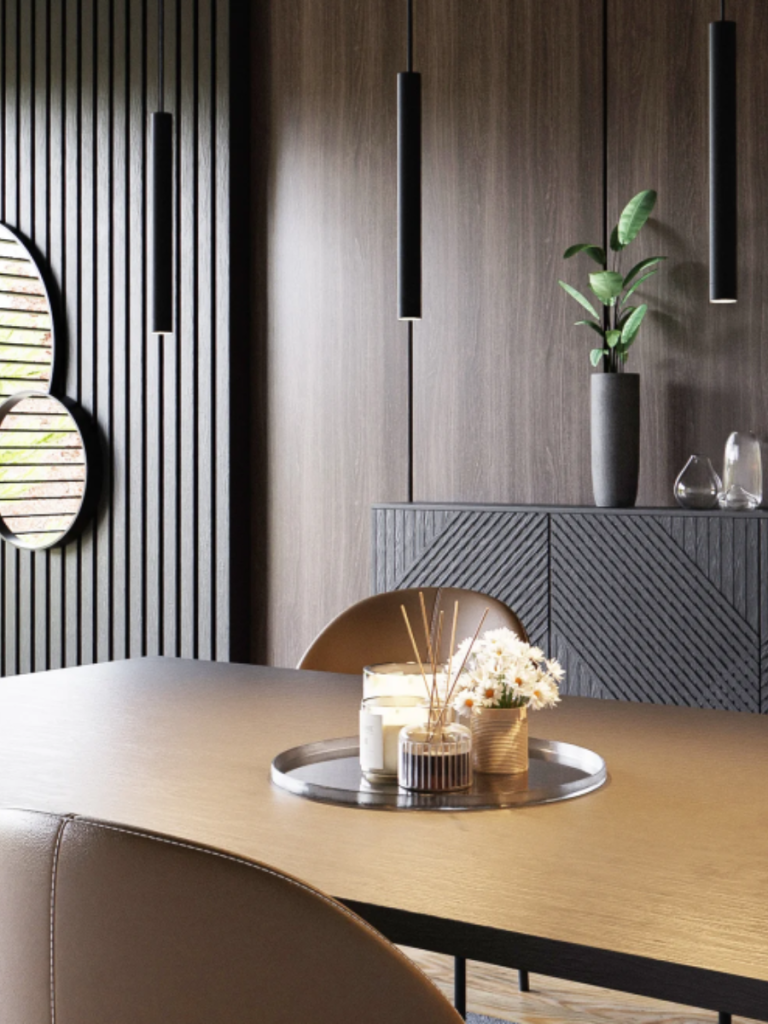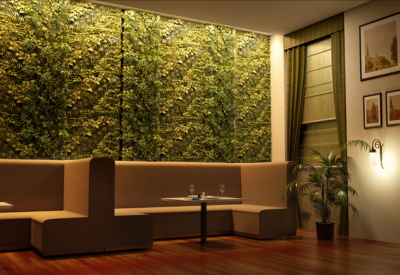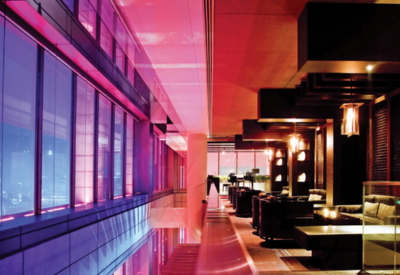Top Trends in the Hospitality Channel

By Linda Longo
After weathering a downturn during the pandemic years, the hospitality category has become reinvigorated, with hotels, entertainment venues, and restaurants rebounding as consumers opt for “experiences” over physical goods.
The Transportation Security Administration (TSA) has screened a record number of passengers last year, with multiple days of 2.8 million passengers screened. Similarly, AAA has observed an increase in vacation road trips in 2023, with Mark Schieldrop, Senior Spokesperson for AAA Northeast, noting, “More Americans are investing in travel to make memories with loved ones and experience new places.”
When it comes to entertainment, pre-sale tickets for the live concerts on Taylor Swift’s Eras tour grossed an estimated $1 billion plus racked up $178.2 million in just the U.S. alone for movie tickets of the Eras tour. Meanwhile, Beyonce’s Renaissance World Tour grossed $579 million globally, with the movie version of the tour released last month (with dollar amounts not yet tabulated as of press time).
What this means for the industry
Despite rising interest rates, consumers are spending — but they are spending differently than they have in years past. One of the areas reaping the most financial benefits is the hospitality sector; however, along with this rise in spending on travel, lodging, entertainment, and dining comes an inflated expectation of that experience.

Hotels, casinos, concert halls, and restaurants are investing heavily in the design and amenities of those spaces to meet consumer demand — and lighting has become an important design tool in achieving those goals.
What has changed?
• There is an emphasis on creating cozy home-like environments for hotel and resort properties and restaurants that make guests feel instantly welcomed and comfortable. A sense of “casual luxury” is now pervasive and desirable.
• Public spaces (i.e. lobbies, pool and outdoor lounges, and business meeting areas) are becoming increasingly equipped with more comfortable seating and multiple gathering spots to encourage guests to linger and relax. Portable lamp bases and furniture equipped with USB ports or additional outlets are especially convenient for those who wish to work on their laptops or charge their devices while socializing.

• Hospitality venues are incorporating biophilic elements, such as living walls in lobbies, restaurants, and reception areas, and devising multiple natural enclaves by grouping large plants to create a relaxed, organic environment for outdoor lounge areas or gathering spaces. Floor to ceiling windows or glass walls is another way hotels and restaurants are blurring the lines between the outdoors and the interior environment.
• Specifiers and designers are increasingly asked to create spaces – whether for lobbies, dining areas, or public grounds – that can be reconfigured easily to suit multiple uses and event types for both small and large groups. This is accomplished by specifying modular furniture pieces that can be easily moved and reconfigured as well as preset lighting scenes with RGBW capabilities that can enhance an event’s vibe or coordinate with the time of day.

• To enhance the popular consumer trend of focusing on wellness and health, spa-like amenities in hotel guest rooms (i.e. eco-friendly toiletry brands that provide an elevated sensory experience) or carafes of lemon- or cucumber-infused water in the hotel lobby are becoming more common. Some hotel chains (most notably select Hiltons, Marriotts, as well as boutique properties) are providing smart room controls in guest rooms for controlling light levels, thermostats, and other appliances. Additional efforts include water conservation devices and emphasizing the use of natural and/or sustainable materials in that space.
Overall, today’s consumers are more interested in the “experience” provided by their hotel stay or restaurant visit than saving pennies — and are willing to pay for it. Environments that offer visual interest and evoke the feeling of “luxury” are in demand, and interior and lighting designers who are creating these spaces for hotel and resort properties as well as dining venues are paying more attention to specifying products that meet those needs.
More importantly, these aforementioned trends have been building in momentum over the past three years and are expected to continue to increase even more in 2024 and beyond.







